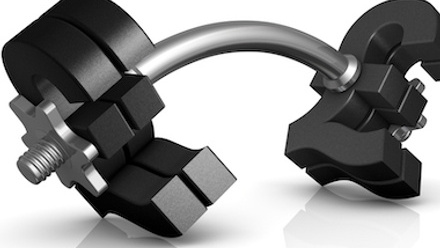Cycle to work scheme: update on qualifying journeys requirement

Late last year HMRC confirmed that anyone who joined the cycle to work scheme on or before 20 December would be exempt from meeting the qualifying journey requirement until after 5 April 2022.
Adrian Warren, chair of the Cycle to Work Alliance, comments: “For many scheme users who followed government advice to work from home where possible, they naturally will have been travelling to their workplace less frequently over the course of the pandemic. We therefore welcomed the recent decision by HMRC to temporarily suspend the scheme’s 50% ‘qualifying journeys’ requirement for those who joined before 20 December, and the subsequent clarification of this by HMRC in February.
“As ever, it remains the responsibility of all employees participating in the scheme to ensure they meet the requirement that 50% of the cycle’s use during the salary sacrifice period is for ‘qualifying journeys’,” he adds.
Caroline Harwood, head of share plans and employment tax at Crowe, also welcomed the clarification and relaxation of the requirement from HMRC. However, she added that the relief does not apply to anyone joining a scheme after the 20 December 2020 cut-off date, and new joiners will still need to demonstrate that they use the cycle or equipment mainly for qualifying journeys.
“HMRC does not require the employee to keep detailed records to prove this, and will only challenge the point if ‘there is clear evidence to suggest that less than half of the use of the cycle or equipment is on qualifying journeys’. Working from home might constitute such clear evidence but the test applies across the whole of the tax year. Therefore, if we see a return to the office in 2021/22, it may be possible for recent scheme joiners to meet the test next year, though this does not help those joining between 20 December and the end of the current tax year,” explains Harwood.
As we approach Spring, many employers would traditionally promote cycle to work schemes at this time of year, not just as a method of commuting, but also as part of wider employee wellbeing programmes. Despite the uncertainty around when employees will be allowed to return to the workplace, the Cycle to Work Alliance believes there is still a strong case for maintaining cycle to work provisions, for two reasons:
- Key workers have been required to continue commuting to work throughout the pandemic, and should have continued access to the scheme so they can choose a safe, affordable, active commute to work.
- Many of those working from home at the moment will now be preparing for their commute in the coming months as normality resumes. The scheme should be available to them now so they can begin the process of selecting a bike, ordering it and making preparations for their commute by cycle to the workplace. This is all the more important because of the ongoing heightened demand for bike stock.
“Based on the current outlook and the government’s ongoing successful vaccination programme, most employees joining the scheme now will be in a position to meet the qualifying journeys requirement by the time their hire period concludes and commuting to work becomes common practice again,” says Warren. “This remains the responsibility of the employee however, and all workers joining the scheme should ensure they are compliant with the scheme rules.”
Harwood agrees, adding: “Employers operating the cycle to work scheme are advised to inform their employees of the limited relaxation of the rules and its potential impact, including the need for joiners post 20 December 2020 to meet the qualifying journeys requirement or risk losing the tax-advantaged status of their cycle/equipment.”
What are your plans for your cycle to work scheme this year? Get in touch to let us know.
The author is REBA's content editor Dawn Lewis.






